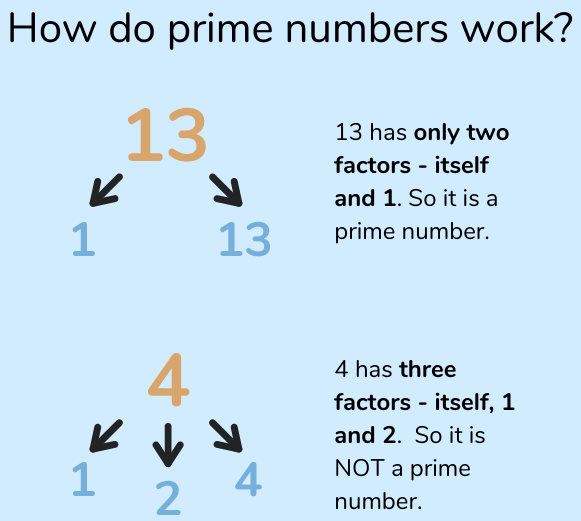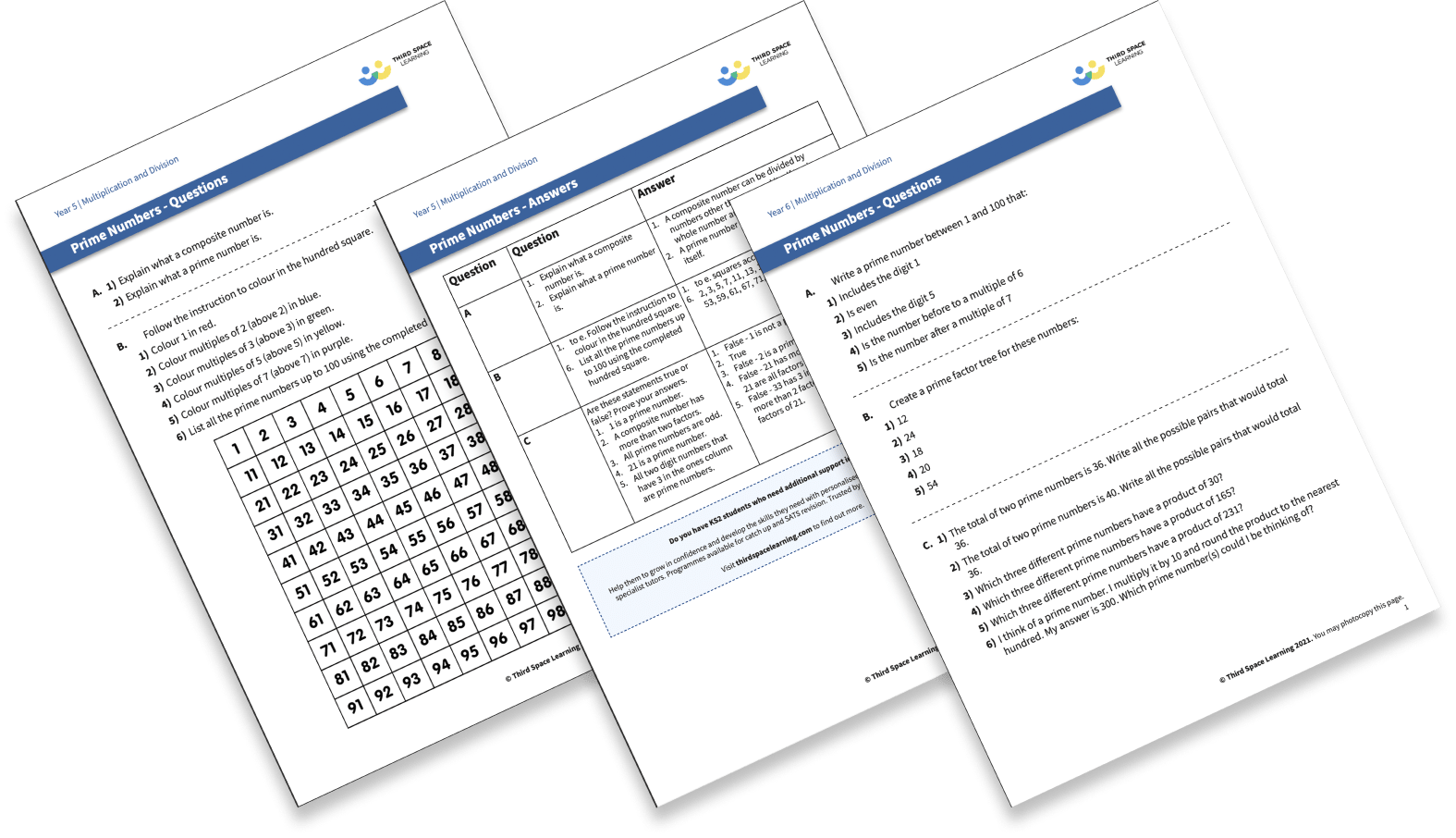Prime numbers что это
prime numbers
congruous numbers — сравнимые числа
law of large numbers — закон больших чисел
he has skill in numbers — он силён в число
to multiply two numbers together — перемножить два числа
Смотреть что такое «prime numbers» в других словарях:
prime numbers — noun the set of numbers which are prime … Wiktionary
List of prime numbers — This is an incomplete list, which may never be able to satisfy particular standards for completeness. You can help by expanding it with reliably sourced entries. By Euclid s theorem, there are an infinite number of prime numbers. Subsets of the… … Wikipedia
relatively prime numbers — Math. two numbers whose greatest common divisor is 1. * * * … Universalium
relatively prime numbers — Math. two numbers whose greatest common divisor is 1 … Useful english dictionary
Prime number — Prime redirects here. For other uses, see Prime (disambiguation). A prime number (or a prime) is a natural number greater than 1 that has no positive divisors other than 1 and itself. A natural number greater than 1 that is not a prime number is… … Wikipedia
prime number — n a number that can be divided only by itself and the number one. For example, three and seven are prime numbers … Dictionary of contemporary English
prime number — prime numbers N COUNT In mathematics, a prime number is a whole number greater than 1 that cannot be divided exactly by any whole number except itself and the number 1, for example 17 … English dictionary
Prime number theorem — PNT redirects here. For other uses, see PNT (disambiguation). In number theory, the prime number theorem (PNT) describes the asymptotic distribution of the prime numbers. The prime number theorem gives a general description of how the primes are… … Wikipedia
Prime-counting function — In mathematics, the prime counting function is the function counting the number of prime numbers less than or equal to some real number x cite book |first=Eric |last=Bach |coauthors=Shallit, Jeffrey |year=1996 |title=Algorithmic Number Theory… … Wikipedia
prime — primeness, n. /pruym/, adj., n., v., primed, priming. adj. 1. of the first importance; demanding the fullest consideration: a prime requisite. 2. of the greatest relevance or significance: a prime example. 3. of the highest eminence or rank: the… … Universalium
What Is A Prime Number? Explanation For Primary School Teachers, Parents & Children
Ellie Williams
A prime number is a number that can only be divided by itself and 1 without remainders. Here we explain what exactly this means, give you a list of the prime numbers children need to know at primary school and provide you with some practice prime number questions and examples.
What is a prime number?
A prime number is a number greater than 1 with only two factors – themselves and 1.
A prime number cannot be divided by any other numbers without leaving a remainder.
An example of a prime number is 13. It can only be divided by 1 and 13. Dividing a prime number by another number results in numbers left over e.g. 13 ÷ 6 = 2 remainder 1.
15 is not an example of a prime number because it can be divided by 5 and 3 as well as by itself and 1.
15 is an example of a composite number because it has more than two factors.
Prime number examples
How to work out if a number is a prime number or not.
What are the prime numbers?
There are 8 prime numbers under 20: 2, 3, 5, 7, 11, 13, 17 and 19.
The first 10 prime numbers are 2, 3, 5, 7, 11, 13, 17, 19, 23, 29.
There are 25 prime numbers between 1 and 100.
Prime numbers can continue well past 100. For example, 21,577 is a prime number.
List of prime numbers to 100
2, 3, 5, 7, 11, 13, 17, 19, 23, 29, 31, 37, 41, 43, 47, 53, 59, 61, 67, 71, 73, 79, 83, 89, 97.
Smallest prime number
2 is the smallest prime number. It also the only even prime number – all other even numbers can be divided by themselves, 1 and 2 at least, meaning they will have at least 3 factors.
Largest prime number
One of the most famous mathematicians of the classical era, Euclid, recorded a proof that there is no largest prime number. However many scientists and mathematicians are still searching to find it as part of the Great Internet Mersenne Prime Search.
By the time you read this it may be even larger, but you can follow its progress on Wikipedia.
Common FAQs about prime numbers
1 is not a prime number because it has only one factor, namely 1. Prime numbers need to have exactly two factors
2 is a prime number because it has exactly two factors – itself and 1.
51 is not a prime number because it can be divided by 3 and 17, as well as by itself and 1. ie it has four factors.
Prime Numbers Worksheets
FREE worksheets containing 29 prime numbers questions and answers for Year 5 and Year 6
Prime numbers in primary school
Prime numbers are not introduced in the UK until Year 5.
According to the National Curriculum, Year 5 children should be taught to
“know and use the vocabulary of prime numbers, prime factors and composite (non-prime) numbers to establish whether a number up to 100 is prime and recall prime numbers up to 19.”
In Year 6, children should be able to “identify common factors, common multiples and prime numbers”.
How are prime numbers used in the real world?
One of the most important uses for prime numbers is in cyber security – making information shared over the internet safer.
In order to encrypt (make secure) things like credit card details, medical records, even some messaging services like WhatsApp, software engineers make algorithms using prime numbers.
By multiplying two very large prime numbers together (some companies use prime numbers that are hundreds of digits long!), we create an even larger number whose original factors (the two very large prime numbers) are only known to us. We then use this even larger number to encrypt our information.
If anyone else wants to discover what information we are sending, they have to find out what our original factors were. With prime numbers as long as the ones we have used, it could take them years or even decades of constant trial and error before they find even one. This ensures our information is kept safe.
Wondering about how to explain other key maths vocabulary to your children? Check out our Primary Maths Dictionary, or try these primary maths terms:
Prime number questions
1) A square number and a prime number have a total of 22. What are the two numbers?
2) Emma thinks of two prime numbers. She adds the two numbers together. Her answer is 36. Write all the possible pairs of prime numbers Emma could be thinking of.
A: 3 and 33; 5 and 31; 7 and 29; 13 and 23; 17 and 19
3) Circle the two prime numbers – 29, 59, 39, 69, 29
4) Write the three prime numbers which multiply to make 231.
CHALLENGE QUESTION: Chen chooses a prime number. He multiplies it by 10 and then rounds it to the nearest hundred. His answer is 400. Write all the possible prime numbers Chen could have chosen.
Third Space Learning’s online Maths Hub contains hundreds of maths resources for primary school teachers and parents to use in school and at home. Registration for the free maths resources is quick, easy and available for all staff at your school. To access the premium resources, your school will need a premium Maths Hub subscription. Alternatively, access to all premium resources is included at no additional cost for schools signed up to our online tuition for maths.
Prime number worksheets
Prime number videos
Online 1-to-1 maths lessons trusted by schools and teachers
Every week Third Space Learning’s maths specialist tutors support thousands of primary school children with weekly online 1-to-1 lessons and maths interventions. Since 2013 we’ve helped over 100,000 children become more confident, able mathematicians. Learn more or request a personalised quote to speak to us about your needs and how we can help.
Our online tuition for maths programme provides every child with their own professional one to one maths tutor


